1920-S Two Feathers FS-401 38450
I purchased the above coin raw and unattributed on eBay. It is now graded F12 and attributed Two Feathers variety by PCGS. I own a second 1920-S 2F, graded VG10 attributed 2F by PCGS. And I own two raw 1920-S 2Fs, both in about Fine. When I began this post I thought all four coins were struck from the same die pair. However, upon closer inspection (required by taking all the photos!), I now believe three pairs of dies were used to strike these coins. I think.
The 1920-S Two Feather can be a pure 2F as all these examples show.
Die 1. Coin 1. 1920-S 2F PCGS F12. At high magnification you see a smooth surface with no significant abrasion lines where the third feather had been. This is the latest die state coin I have of this variety. The die erosion lines are visible in the South West corner of the image below. There are no apparent wipe lines.
There is a small die crack on this coin running from the middle sized feather to the rim. This die crack is not present on any of my other 1920-S 2Fs.
Besides the missing third feather, the most apparent feature of this coin is the broken bridge of the Indian’s nose. The line traces the Indian’s normal profile. This broken nose is present on all of my 1920-S 2Fs. Only this coin though has the light tear drop clash in front of the Indian’s brow.
There also are remnants of a die clash under the throat near the neck. The line traces the normal edge of the neck and throat. Only this coin has this die clash. The image also shows die erosion lines to the South East.
On the reverse there is evidence of a cleaned up die clash through EPU and a broken back. The straight line indicates the location of an unbroken back. Finally, the mint mark is slightly mangled in the upper loop.
Die 2. Coin 1. 1920-S 2F PCGS VG10. While still a late die state coin (i.e., there is some evidence of die erosion lines), this is the earliest die state coin of the four. On the obverse it has some slight evidence of a North West to South East wipe on the lower third of the coin. These also could be die abrasion lines from creating the missing feather.It does have a broken nose although it does not look quite the same as the Die 1 coin. The area looks a little smoother and cleaner.
On the obverse, there is no evidence of the throat die clash, the tear drop die clash in front of the eye, or the die crack – all found on the Die 1 coin. Of course, these may have been created after this coin was minted and before the Die 1 coin was minted.
On the reverse, there is no evidence of a clash on EPU, the buffalo’s back is not broken, and the mint mark is not deformed. Besides the mint mark’s shape, what convinces me that this is a different die pair is that the mint mark is positioned higher and to the West of where the other mint marks are located. This suggests that at least the reverse die is different.
Die 3. Coin 1. 1920-S 2F Raw F+. On the obverse this coin does not have the die crack, the tear drop die clash or the clash under the throat. It does have the broken nose which appears relatively more similar to the Die 2 coin than the Die 1 coin. In general, the obverse is reasonably well-struck for a 1920-S.
The reverse strike is very mushy although there is at least three quarters of the horn present. The mushy strike makes it difficult to say, but there does appear to be some evidence of a clash on EPU and the buffalo’s back is broken or, in this case, hollowed out. (No, the image is not out of focus! It is that mushy.) The mint mark is seriously mangled, almost looking like a S/D or D/S. Note that in addition to the mushy reverse strike, the mangled mint mark does not look like the mangled mint mark produced by Die 1 and is located slightly further to the West.
Coin 2. 1920-S 2F Raw F-. Other than having a little more wear, this coin is identical to Coin 2, obverse and reverse. It is reasonably well struck on the obverse but mushy on the reverse with the same mangled S mint mark.
What to look for.
The missing third feather is the primary and only significant feature to look for. The other features are not uncommon on three feather 1920-S buffalo nickels.
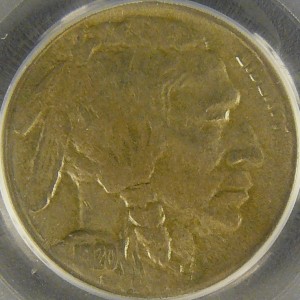
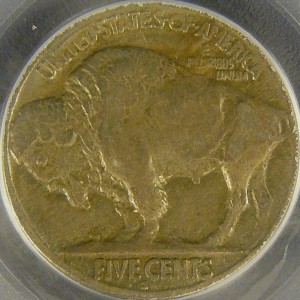
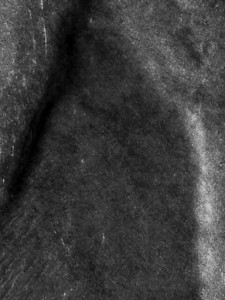
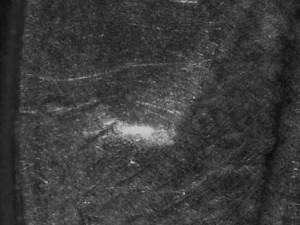

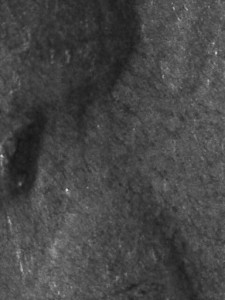
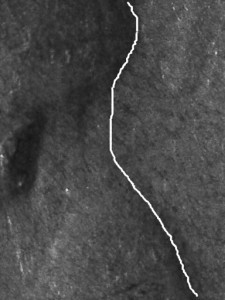
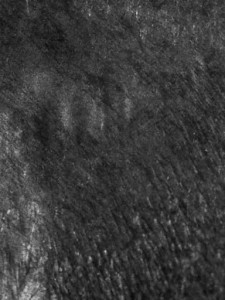





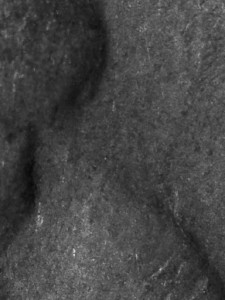


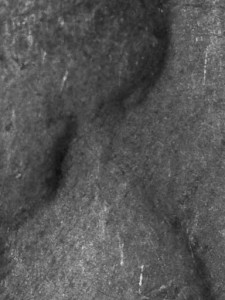


Leave a Reply
You must be logged in to post a comment.